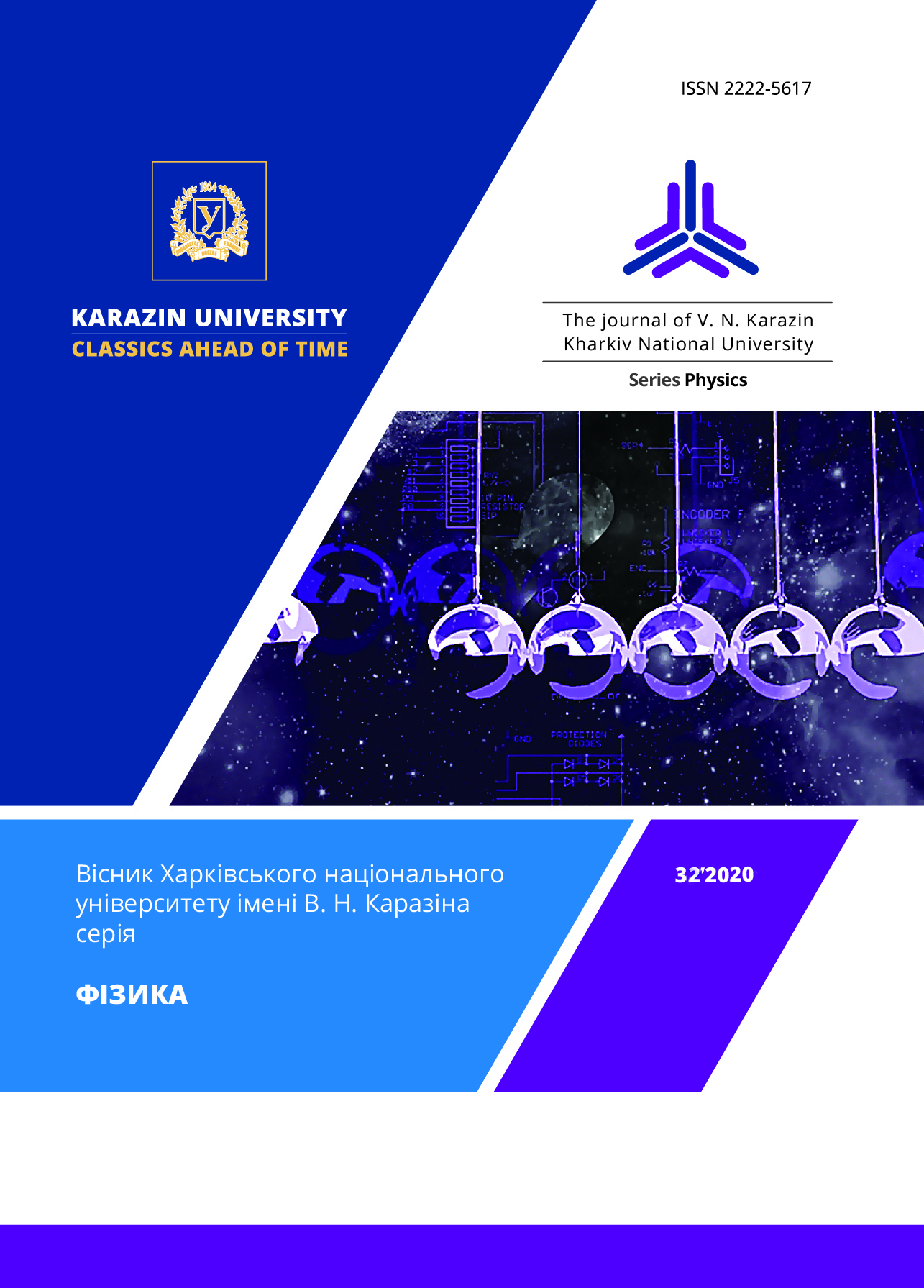Search for new superconducting compounds with a critical transition temperature Tc close to room temperature under pressure
Abstract
A new chemical composition of superconducting compounds formed on the basis of elements of the fifth group (semimetals) is proposed within the framework of the quantum Bardin-Cooper-Shriffer quantum theory of superconductivity (BCS-theory) using physical chemistry methods for analyzing equilibrium crystal structures. These compounds satisfy all the conditions for transition to the superconducting state at temperatures close to room temperature and a pressure of ≈107 Pa.
As initial chemical elements from which superconducting compounds can be synthesized under pressure, in addition to hydrides, substances that allow the "collectivization" of electrons can be used. The most suitable substances in this sense are the elements of the fifth group of the periodic system or the so-called semimetals, which include Bi, Sb, As, graphite, etc. These elements, by their electrical properties, occupy an intermediate position between metals and semiconductors. They are characterized by a slight overlap of the valence and conduction zones, which leads, on one hand, to the fact that they remain good conductors of electricity up to absolute zero temperature, and on the other hand, they have a significantly lower carrier density compared to metals charge. Moreover, in these substances in a wide temperature range at atmospheric pressure, the stability of the solid phase is maintained and, very importantly, a partial “collectivization” of valence electrons inherent in metals is already realized in the initial state.
It is shown that, under the action of pressure p``≈107Pa, semimetals can turn into metals characterized by a specific energy spectrum of electrons. A change in the semimetals structure and in parameters of the electronic subsystem energy spectrum is accompanied by an increase in the electron pairing constant and by the density of electronic states at the Fermi level. In turn, an increase in these parameters makes it possible to transfer semimetals to the superconducting state at temperature ≈300К.
Downloads
References
J. G. Bednorz, K. A. Muller, Z. Phys., B 64, p. 189, (1986).
A. Schiling, M. Cantoni, J. D. Guo, H. R. Ott, Nature, 363, 56, (1993).
A. P. Drozdov, M. I. Eremets, I. A. Troyan, V. Ksenofontov, S. I. Shilin, Nature, 525, p. 73, (2015).
M. Somayazulu, M. Ahart, A. K. Mishra, Z. M. Geballe, M. Baldini, Y. Meng, V. V. Struzhkin, R. J. Hemley, Phys. Rev. Lett., 122, p. 027001, (2019).
A. P. Drozdov, P. P. Kong, et al., Nature, 569, p. 528, (2019).
J. Bardeen, L. N. Cooper, J. R. Schrieffer, Phys. Rev., 108, p. 1175, (1957).
N.B. Brandt, N.I. Ginsburg, JETF, V. 39, N. 6, p. 1554, (1960).
N.B. Brandt, E.A. Sviotova, R.G. Valeev, JETF, V. 55, N. 2(8), p. 469, (1968).
J. P. Issi, Australian J. Phys., 32, p. 585, (1979).
Ya. I. Frenkel, Introduction to Metal Theory, (GTI, Moscow, 1950), 368 pp. (Я.И. Френкель, Введение в теорию металлов, (ГТИ, Москва)) [in Russian]
R. Evans, Introduction to Crystal Chemistry (Goschemizdat, Мoscow, 1948), 367 pp. (Р. Эванс, Введение в кристаллохимию (Госхимиздат, Москва)) [in Russian]
Ya. A. Ugaj, Phase equilibria between phosphorus, arsenic, antimony and bismuth, (Nauka, Moscow, 1989), 233 pp. Я. А. Угай, Фазовые равновесия между фосфором, мышьяком, сурьмой и висмутом, (Наука, Москва) [in Russian]
K. Malik, D. Das, D. Mondal, D. Chattopadhyay, A. K. Deb, S. Bandyopadhyay, A. Banerjee, J. Appl. Phys., 112, 083706, (2012).
A. N. Doroshenko, Thesis, Kharkov, 184 pp, (2019).
D. Stauffer, A. Aharony, Introduction to Percolation Theory, (Taylor and Francis, Washington, 1992), 127 p.








3.gif)
